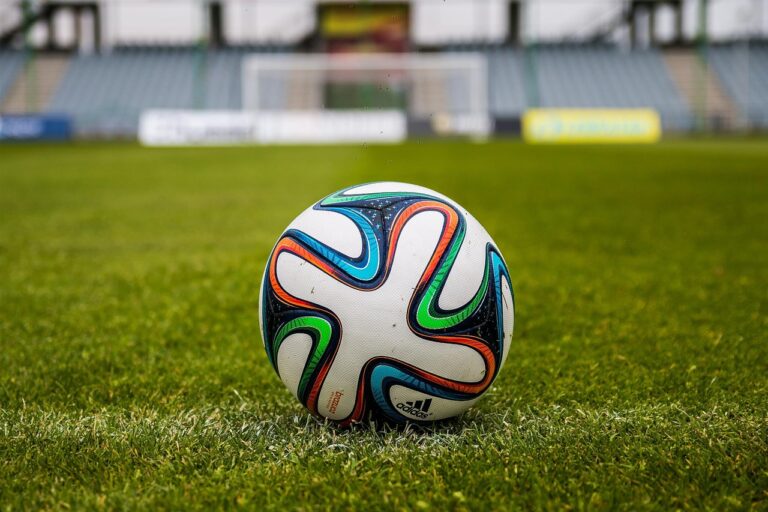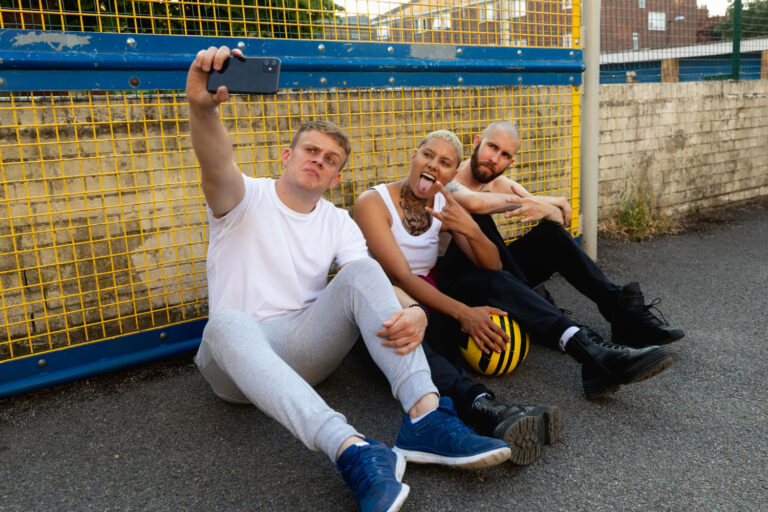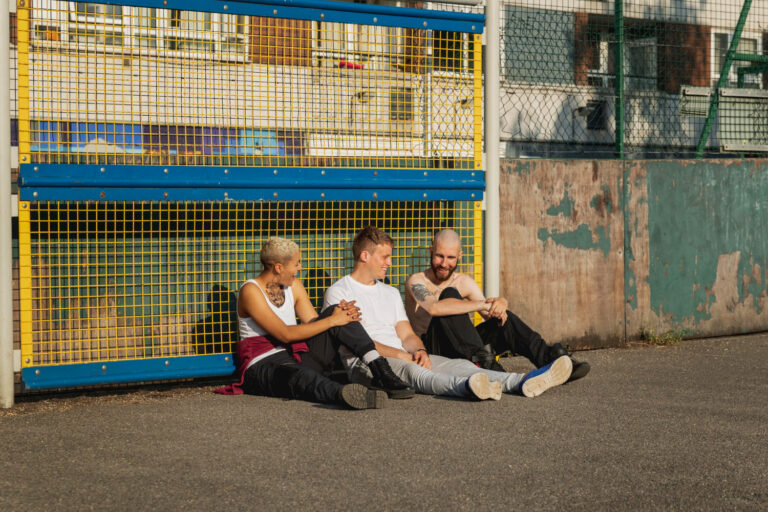Football in the Digital Era: TikTok, Streams, and Gen Z
The way we watch, consume, and engage with football has transformed dramatically in the last decade. The beautiful game, once confined to stadiums, radios, and traditional TV broadcasts, is now embedded in every swipe, scroll, and screen tap. From match highlights on TikTok to livestream debates on Twitch, the football experience has been redesigned for the attention spans and habits of Generation Z.
What does this mean for the sport? Is this evolution enhancing fandom or diluting tradition? As technology continues to shift the global sports landscape, football has become both a digital playground and a cultural battleground.
The Rise of the Highlight Reel
For Gen Z, watching 90-minute matches is no longer the default. Instead, short-form content reigns supreme. TikTok, Instagram Reels, and YouTube Shorts offer bite-sized football moments that cater to fast-paced scrolling habits. It’s no longer just about watching the game, it’s about reliving, remixing, and reacting to it in real time.
Clips of ankle-breaking skills, last-minute goals, dramatic red cards, and even bloopers circulate minutes after they happen. Content creators stitch memes, reactions, and commentary over these clips, offering a layered form of engagement that traditional broadcasters rarely touch. For many young fans, these short clips are their main point of contact with the sport.
The New Broadcasters: Streamers and Influencers
Gone are the days when pundits on cable channels were the only authoritative voices on the game. Now, Twitch streamers, YouTubers, and TikTok influencers are the new voices of football analysis and banter. These creators offer watch-alongs, player breakdowns, post-match rants, and even manager-mode gameplay that blurs the line between gaming and real-world football insight.
What makes these digital voices so powerful is their authenticity and relatability. They’re not wearing suits, and they’re not speaking from a studio. They’re often in their bedrooms, talking like your friends would, sometimes with knowledge, sometimes with pure bias, but always with passion. For Gen Z, this feels more real than anything Sky Sports or ESPN can provide.
Football Clubs on Social Media: Memes, Dances, and Digital Branding
Football clubs have had to evolve, too. The likes of Roma, Barcelona, and even smaller clubs like Wrexham have transformed their social media strategies to cater to younger, digital-first audiences. This includes everything from posting viral meme content after matches to having players take part in TikTok trends and challenges.
Clubs no longer just communicate scores and press releases, they build personalities. The tone of a tweet, the editing style of a video, or the music chosen for a reel can say as much about a club’s identity as their formation or style of play.
This has created a new form of global fandom. A 12-year-old in Indonesia might be a die-hard Brentford fan, not because of geography or family history, but because Brentford’s social media team is funny and engaging.
Access Without Borders
Streaming has made football more accessible than ever. Services like DAZN, ESPN+, and FuboTV allow fans to watch matches from nearly every league on demand. Piracy still plays a big role in poorer regions, but the point remains: if you have internet, you can watch almost any match in the world.
This changes the way fans build allegiances. You no longer need to follow the local team, you can fall in love with Napoli’s midfield or Club América’s fan culture. The sense of football as a “global village” has never been more accurate.
However, it also raises questions about local loyalty. If everyone follows big clubs or foreign leagues, where does that leave local stadiums and community clubs?
The Algorithmic Fan
One of the strangest effects of digital football is the algorithm’s influence on fandom. Platforms like TikTok and YouTube recommend content based on what users engage with. This means a user might be exposed to hundreds of clips of one team or player and begin to feel a connection, even without watching a full match.
The result is a new kind of fan, one who knows everything about a player’s style, drama, and memes, but very little about their actual match performances. The algorithm doesn’t just respond to interest, it creates it.
Some see this as superficial, but others argue it’s just a new entry point to deeper engagement. Today’s highlight-watching fan could be tomorrow’s tactical analyst or matchday regular.
The Players Are Online Too
Today’s footballers are more than athletes, they’re influencers. From Kylian Mbappé’s curated Instagram feed to Jack Grealish’s viral dance moves, players are shaping their own digital brands. They connect with fans directly, bypassing traditional media.
For younger fans, these digital interactions feel personal. A comment liked by a player, a reposted fan edit, or even a funny TikTok duet can create a lifelong memory.
However, it also places players under relentless scrutiny. One poor performance or offhand tweet can spiral into a social media storm. The mental toll is real, and some players have even stepped back from social platforms for their own well-being.
E-Sports and Football Simulations
Games like FIFA (now EA FC) and Football Manager are more than pastimes, they’re training grounds for football knowledge. Young fans learn formations, player traits, and transfer policies through gaming. The line between the virtual and the real becomes increasingly blurred.
Professional clubs now run their own esports teams. Some scouts have even considered a player’s Football Manager profile before watching them live. And fan-created “career mode” content has millions of views on YouTube. Football isn’t just played on the pitch, it’s simulated, theorized, and gamified on screens worldwide.
Digital Tribes and Online Rivalries
Football debates once happened in pubs or on radio call-in shows. Now they rage across Twitter threads, Reddit subs, and TikTok stitches. These online spaces are fiercely tribal, often funny, but also at times toxic.
Memes, banter, and “ratio” culture create daily battles between fans of rival teams. It’s entertainment, but it also reinforces division. The anonymity and speed of digital discourse can escalate minor disagreements into full-blown hostility.
Still, it’s also where some of the most creative and inclusive football content lives, from fan cams to podcasts to documentaries created by supporters themselves.
The Digital Divide: What Gets Left Behind?
Not all fans benefit equally from the digital transformation. Older generations who prefer traditional TV, or communities without stable internet access, often find themselves left behind. Moreover, with so many paywalled streaming services, following every competition can become expensive.
And in the rush for virality, some of football’s deeper narratives, like grassroots stories, community struggles, or tactical evolution, can get drowned out by dance challenges and trending sounds.
The digital era has democratized football access, but it’s also fragmented the experience. Not everyone is on the same pitch anymore.
Is This the Future, or Just a Phase?
The digital football experience reflects the wider shifts in how society consumes culture. Everything is faster, more visual, more shareable. For some, it’s a golden age of content. For others, it’s a shallow replacement for real community and tradition.
But these trends aren’t going away. In fact, they’re expanding. Augmented reality experiences, NFTs, virtual stadiums, and AI-generated commentary are already here or on the horizon.
The key question is: Can football maintain its soul while embracing its digital skin?
Conclusion
Football in the digital era is unrecognizable from the game many grew up watching, but it’s still football. The goals still count. The rivalries still burn. The passion still pulses.
Whether it’s streamed on a phone in a Nairobi café, clipped for TikTok in London, or debated live on Twitch in São Paulo, the game lives on. Generation Z might engage with it differently, but the love is real.
What comes next won’t be a return to the past, but a new version of the future, shaped in equal parts by tradition and tech.







